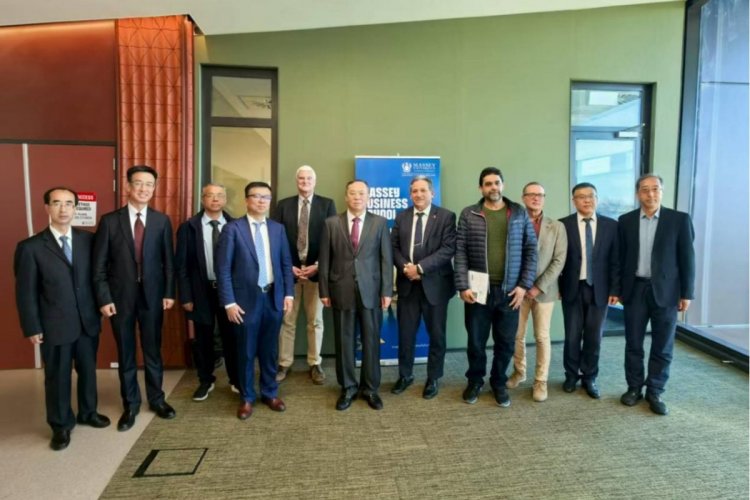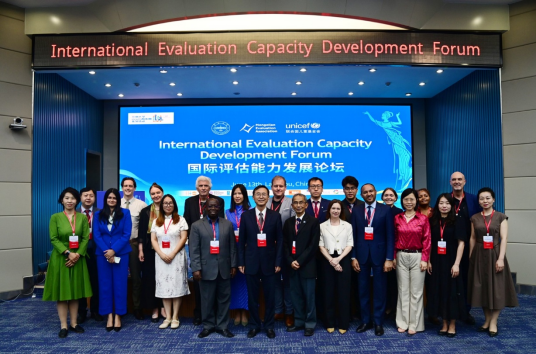Scientific results Convergent evolution of Rumen Microbiomes in high-altitude mammals was published on the subordinate academic series Current Biology(IF=9.571)of the international top biological journal Cell by three parties, including Pro. Long Ruijun’s team of School of Life Sciences, Lanzhou University, Kunming Institute of Zoology, Chinese Academy of Sciences and National Institute of Biological Sciences, Beijing on 17th, June (Zhang et al., 2016, http://dx.doi.org/10.1016/j.cub.2016.05.012)
Here is the summary of this paper:
Studies of genetic adaptation, a central focus of evolutionary biology, most often focus on the host’s genome and only rarely on its co-evolved microbiome. The Qinghai-Tibetan Plateau (QTP) offers one of the most extreme environments for the survival of human and other mammalian species. Yaks (Bos grunniens) and Tibetan sheep (T-sheep) (Ovis aries) have adaptations for living in this harsh high-altitude environment, where nomadic Tibetan people keep them primarily for food and livelihood [ 1]. Adaptive evolution affects energy-metabolism-related genes in a way that helps these ruminants live at high altitude [ 2 and 3]. Herein, we report convergent evolution of rumen microbiomes for energy harvesting persistence in two typical high-altitude ruminants, yaks and T-sheep. Both ruminants yield significantly lower levels of methane and higher yields of volatile fatty acids (VFAs) than their low-altitude relatives, cattle (Bos taurus) and ordinary sheep (Ovis aries). Ultra-deep metagenomic sequencing reveals significant enrichment in VFA-yielding pathways of rumen microbial genes in high-altitude ruminants, whereas methanogenesis pathways show enrichment in the cattle metagenome. Analyses of RNA transcriptomes reveal significant upregulation in 36 genes associated with VFA transport and absorption in the ruminal epithelium of high-altitude ruminants. Our study provides novel insights into the contributions of microbiomes to adaptive evolution in mammals and sheds light on the biological control of greenhouse gas emissions from livestock enteric fermentation.
(Translated by Chen Yan, Proofread by Zhu Yanlin)




